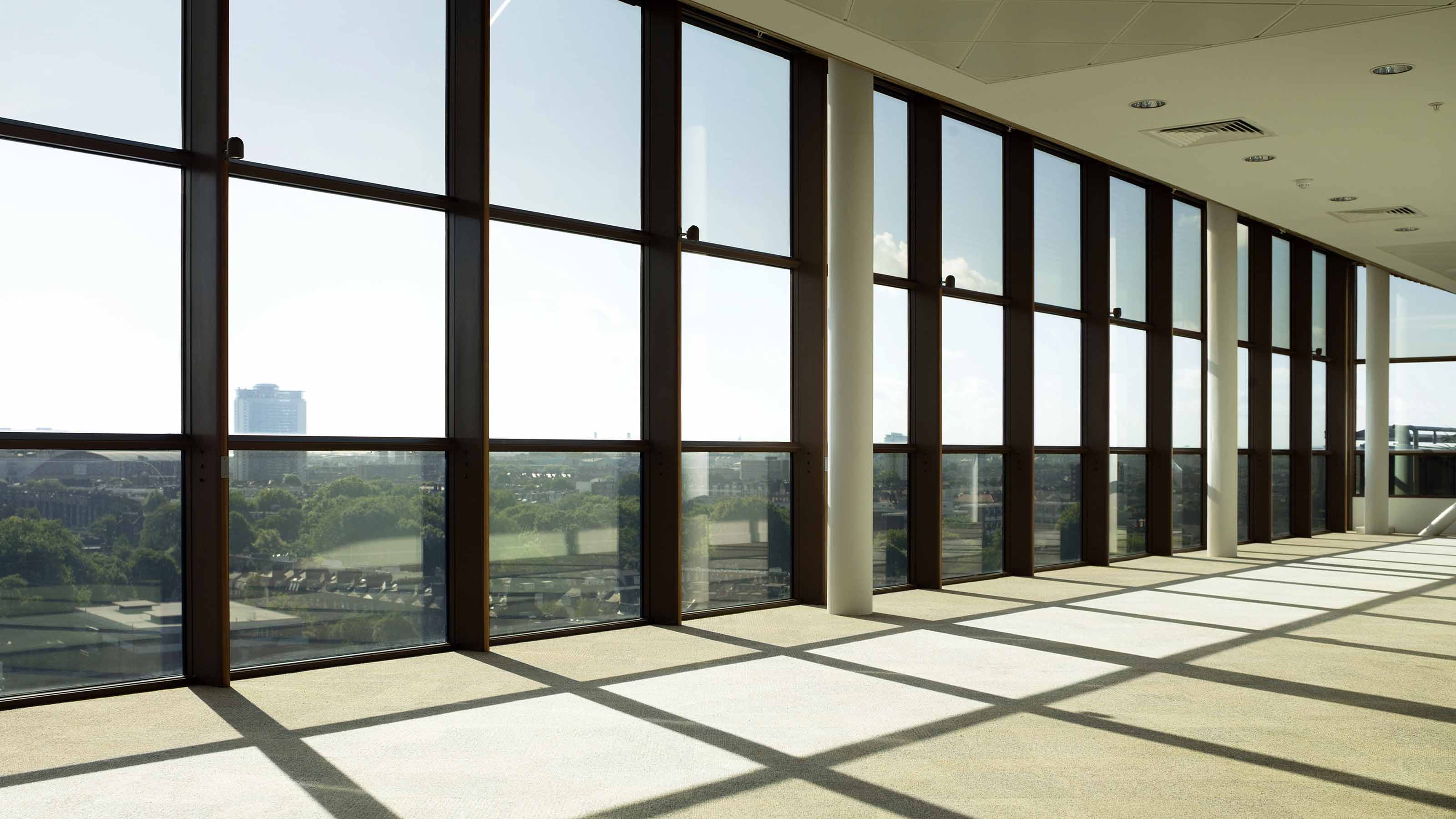
To help you understand what is going on in the commercial real estate sector and what we expect to happen in the future, our highly experienced Kiplinger Letter team will keep you abreast of the latest developments and forecasts (Get a free issue of The Kiplinger Letter or subscribe). You'll get all the latest news first by subscribing, but we will publish many (but not all) of the forecasts a few days afterward online. Here’s the latest…
Let’s check in on commercial real estate. This year, 2024, promises to be a mixed year. Sectors like office space are in for more pain, but the picture isn’t so dark elsewhere, and a few segments will thrive. The office market hasn’t seen the worst yet.
Office Space
Vacancy rates are set to go even higher, which is sobering, considering that the national rate just hit an all-time high of 19.6% in the fourth quarter. Look for vacancies to peak at nearly 21% later this year as demand for space stays subdued.
While more office workers are returning, many continue to work hybrid schedules, a couple of days in the office and a few days at home. So, employers need less space overall, even if their workforces are coming back to the office. Hybrid schedules mean fewer workstations are needed since workers rotate and share common spaces. And, in some metro areas, such as Boston, Houston, Miami, San Francisco and Washington, D.C., the fraction of the remote workforce isn’t falling much.
So, 2024 will be the year of fire sales on offices. Deep-pocketed private equity funds hold $100 billion to snap up distressed office buildings in big metros like Los Angeles and New York. Meanwhile, office construction and rents figure to both remain stagnant.
Retail Space
Retail space is in for a better year than offices. The surprising resilience of the American consumer supported a big jump in retail construction last year. Building will slow this year, with most new space in suburban shopping centers. Aside from traditional malls, most retail space should hold up, with rents on the rise.
Industrial Space
The formerly hot industrial and logistics sector will cool but won’t freeze up. The burst of demand for warehouses and related space unleashed by the pandemic, when e-commerce surged, is leveling off now. Construction figures to slow notably, as the overall economy downshifts. But rent should still manage 2% growth in 2024.
Data Centers
Demand for data centers should stay hot, exceeding supply and lifting rents. In fact, the rise of artificial intelligence, high-frequency trading and other applications that use massive amounts of data will keep demand for data centers strong for years.
Construction will top 2023’s lofty level, prompting more conflicts with neighborhoods that resent the noise data centers make. Omaha, Nebraska, plus Austin and San Antonio, Texas, figure to be hot markets, given strong local demand and generous tax incentives.
Hotels
It may be a so-so year for hotels as leisure travel softens and hotels face competition from cruise ships and short-term rentals like Airbnb. Urban hotels and airport hotels figure to do the best, with the latter boosted by business travel. Resorts will see another tough year.
Residential
Finally, look for residential space to struggle with slow rent growth. A wave of new apartments hitting the market lately won’t be enough to lower occupancy rates from their high levels but will keep rent increases to a tepid 1.2% average this year.
This forecast first appeared in The Kiplinger Letter, which has been running since 1923 and is a collection of concise weekly forecasts on business and economic trends, as well as what to expect from Washington, to help you understand what’s coming up to make the most of your investments and your money. Subscribe to The Kiplinger Letter.







